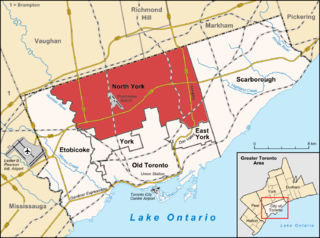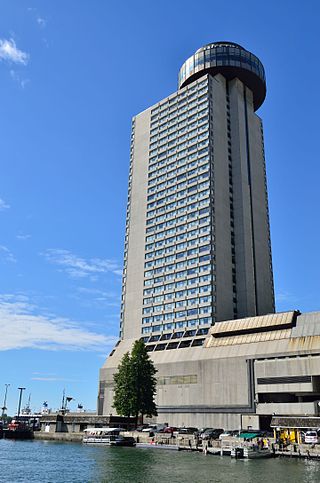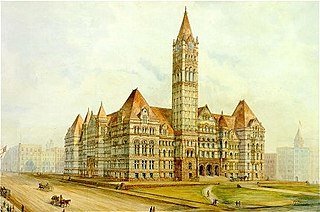
A hotel is an establishment that provides paid lodging on a short-term basis. Facilities provided inside a hotel room may range from a modest-quality mattress in a small room to large suites with bigger, higher-quality beds, a dresser, a refrigerator, and other kitchen facilities, upholstered chairs, a flat-screen television, and en-suite bathrooms. Small, lower-priced hotels may offer only the most basic guest services and facilities. Larger, higher-priced hotels may provide additional guest facilities such as a swimming pool, a business center with computers, printers, and other office equipment, childcare, conference and event facilities, tennis or basketball courts, gymnasium, restaurants, day spa, and social function services. Hotel rooms are usually numbered to allow guests to identify their room. Some boutique, high-end hotels have custom decorated rooms. Some hotels offer meals as part of a room and board arrangement. In Japan, capsule hotels provide a tiny room suitable only for sleeping and shared bathroom facilities.

A motel, also known as a motor hotel, motor inn or motor lodge, is a hotel designed for motorists, usually having each room entered directly from the parking area for motor vehicles rather than through a central lobby. Entering dictionaries after World War II, the word motel, coined as a portmanteau of "motor hotel", originates from the Milestone Mo-Tel of San Luis Obispo, California, which was built in 1925. The term referred to a type of hotel consisting of a single building of connected rooms whose doors faced a parking lot and in some circumstances, a common area or a series of small cabins with common parking. Motels are often individually owned, though motel chains do exist.

North York is a former township and city and is now one of the six administrative districts of Toronto, Ontario, Canada. It is located in the northern area of Toronto, centred around Yonge Street, north of Ontario Highway 401. It is bounded by York Region to the north at Steeles Avenue, on the west by the Humber River, on the east by Victoria Park Avenue. Its southern boundary is erratic and corresponds to the northern boundaries of the former municipalities of Toronto: York, Old Toronto and East York. As of the 2016 Census, the district has a population of 644,685.
Holiday Inn is an American chain of hotels based in Atlanta, Georgia and a brand of IHG Hotels & Resorts. The chain was founded in 1952 by Kemmons Wilson, who opened the first location in Memphis, Tennessee. The chain was a division of Bass Brewery from 1988-2000, Six Continents from 2000-03, and IHG Hotels & Resorts since 2003. It operates hotels under the names Holiday Inn, Holiday Inn Express, Holiday Inn Club Vacations, and Holiday Inn Resorts. As of 2018, Holiday Inn has hotels at over 1,100 locations.
Motel 6 is a privately owned hospitality company with a chain of budget motels in the United States and Canada. Motel 6 also operates Studio 6, a chain of extended-stay hotels. The hotel brand is owned by The Blackstone Group's real estate business. Blackstone purchased the business in 2012 from Accor Hotels, and established G6 Hospitality as the management company for Motel 6 and Studio 6.

Inn on the Park was a luxury hotel which was formerly located on a hill overlooking Leslie Street and Eglinton Avenue in North York, Ontario. It was one of the early Toronto hotels operated by the Four Seasons Hotel chain.

The Westin Harbour Castle Toronto is a large hotel opened in 1975 on the waterfront of Toronto, Ontario, Canada. It is part of the Westin Hotels chain within Marriott International.

Downtown Toronto is the main central business district of Toronto, Ontario, Canada. Located entirely within the district of Old Toronto, it is approximately 16.6 square kilometres in area, bounded by Bloor Street to the northeast and Dupont Street to the northwest, Lake Ontario to the south, the Don Valley to the east, and Bathurst Street to the west. It is also the home of the municipal government of Toronto and the Government of Ontario.

An apartment hotel or aparthotel is a serviced apartment complex that uses a hotel-style booking system. It is similar to renting an apartment, but with no fixed contracts and occupants can "check out" whenever they wish, subject to the applicable minimum length of stay imposed by the company.

Islington-City Centre West is a commercial and residential neighbourhood in Toronto, Ontario, Canada. One of four central business districts outside Downtown Toronto, it is bounded by Rathburn Road to the north, Islington Avenue to the east, Bloor Street to the south, Mimico Creek to the west.

89 Chestnut Residence is a university residence operated by the University of Toronto, opposite the downtown Toronto DoubleTree hotel at 89 Chestnut Street. It was converted from the Colony Hotel in 2004 and turned into a student residence to accommodate the incoming double cohort in 2003 and 2004. It is located in downtown Toronto.

The architecture of Toronto is an eclectic combination of architectural styles, ranging from 19th century Georgian architecture to 21st century postmodern architecture and beyond.

Throughout its history, Toronto has been a city divided into many districts and neighbourhoods. As the city has grown, new neighbourhoods have been created by expansion of the city into the countryside. Over time, the neighbourhoods within existing areas have also been altered and rearranged.

The Four Seasons Hotel and Residences Toronto is a complex consisting of a 204-metre, 55-storey residential condominium tower and a 125-meter, 30-storey luxury hotel tower in the Yorkville district of Toronto, Ontario, Canada, which opened on October 5, 2012. Located at 60 Yorkville Avenue, at its intersection with Bay Street, the complex is situated one block east of the former Four Seasons Hotel Toronto building at 21 Avenue Road.

The Chateau Lacombe is a hotel in Edmonton, Alberta, Canada.

The Alamo Plaza Hotel Courts brand was the first motel chain in the United States, founded by Edgar Lee Torrance in Waco, Texas, in 1929. By 1955, there were more than twenty Alamo Plazas across the southeastern U.S., most controlled by a loosely knit group of a half-dozen investors and operating using common branding or architecture.

The Platinum is a 17-story, 255-unit condo hotel located at 211 East Flamingo Road in Paradise, Nevada, east of the Las Vegas Strip. The project was approved in 2003, and began construction in 2005, as a joint venture between Diversified Real Estate Concepts, Inc. and Marcus Hotels and Resorts. The project was topped out in December 2005, and was opened in October 2006. In 2009, buyers filed lawsuits against Marcus for various allegations; the last of the lawsuits were settled in March 2013.



















